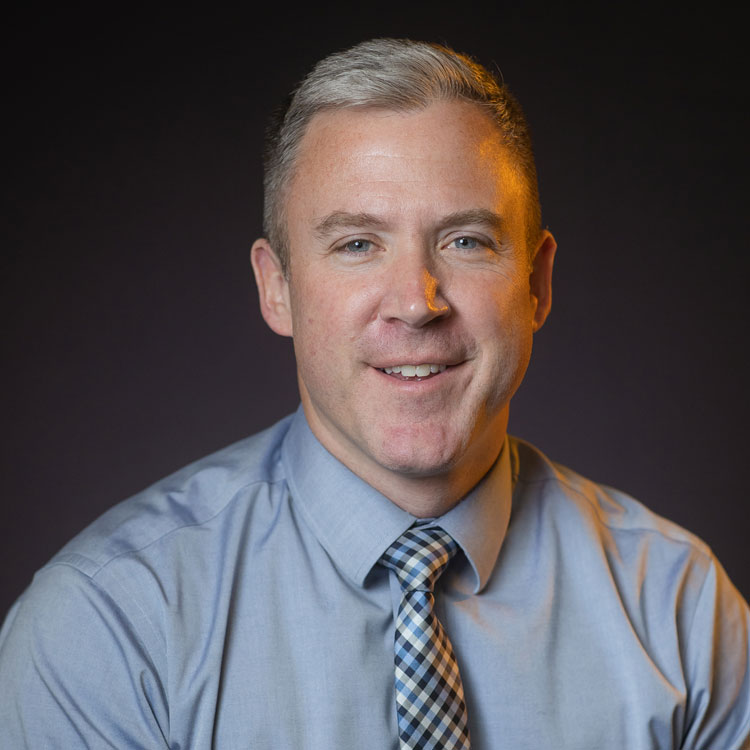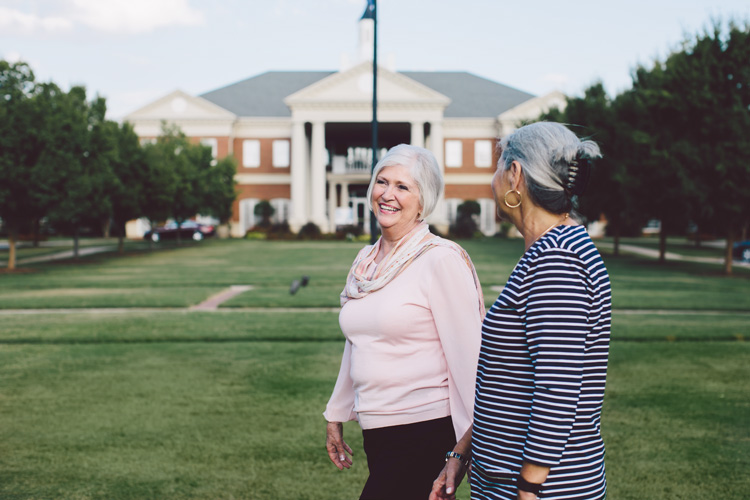Opinion: The reality of senior care facilities in a pandemic
Blair Quasnitschka
Blair Quasnitschka is executive director of Evergreen Woods. View full article here.
I am writing this article in an effort to “humanize” the experiences, decisions and outcomes that have been the reality for those living and working in senior living and senior care throughout this pandemic.
I acknowledge and respect the New Haven Register article that recently covered the outbreak we experienced at Evergreen Woods in North Branford — the article was fair and accurate, but I do feel the need to address the “human element” in what we are experiencing in the world of senior living and senior care. I firmly believe that narrative deserves a deeper dive and a broader view. Speaking from a personal perspective — having sadly lost 11 residents at Evergreen Woods’ nursing home (health center) — we should look at the circumstances that surround their passing to truly understand the situation instead of casting stones from an ivory tower of safety, all based simply on a number that is reported.

Much attention has been given — deservedly so — to the courage of those working on the “front lines,” where hospitals are usually the focus. However, instead of offering the same degree of praise to their nursing home, assisted living and retirement community counterparts, the narrative has largely trended toward vilifying those who work in senior care because of the casualties we have experienced in these settings.
All residents who test positive are offered the opportunity to transfer to the hospital to receive more specialized treatment — most decline this option (this is typically based on a family decision or a decision made by one’s advanced directives). Instead, they acknowledge that at 94, 96, and even 100 years of age, that they have lived a good life, that our community is their home, and they would rather be comfortable and happy while letting life happen right here.

That is a personal choice — one that we should honor and celebrate. For many, it will knowingly lead to their passing on. What we should not do is take that opportunity to fuel the narrative that because someone has passed, it must mean health centers failed to protect the elderly in the wake of a pandemic. As this disease is staring residents and families in the face, they are given a choice — choosing to stay as they are (comfortable, happy and in their home) should not automatically yield scrutiny of the care setting when that person breathes their last breath and we, sadly, have to include them in a regulator’s “tally.”
This has become an unfortunate narrative of this pandemic — the focus on the numbers.
I understand that becomes the fundamental way to “track” the pandemic and I don’t discount that, but we should not lose sight of the fact that in that number is so much more than just data. That number is someone’s life, an entire family impacted, staff members who have shown the utmost compassion and bravery to fight against the virus and to administer care to those infected.
Minimizing all of this to just a number undermines all of the deeper realities of this pandemic.
We acknowledged early on who would be the most vulnerable in this fight — the aged and infirm. This is exactly who is most represented in long-term care and assisted living settings, and yet we rush to judgment because we use the “numbers” to create a snap verdict on the performance of that setting’s ability to “manage” the pandemic.
At Evergreen Woods, we had two positive staff cases in the first eight months of this pandemic — and as a result, we didn’t have a single resident case in independent living, assisted living or the health center. Praise be to the team members, the residents, and the families for living safely, creating as clean of an environment as possible, and doing everything they could to keep others safe while the threat loomed all along.

Yet no one outside of ourselves celebrates that “performance” or those numbers. Only when the data turns and the numbers are bad do we pounce on the opportunity to crucify our operation and indicate failure.
So, to answer the question I was asked, “what changed?”
I can answer this. We did not.
We did not loosen restrictions, we did not run low on any of our PPE, and we did not cut corners. We were surveyed weekly by regulators, even more intensely after our outbreak and there was not a single finding of infraction in our infection control or operational protocols.
What changed was our local environment became 500 to 600 percent more contaminated — and that was expected.

Schools opened back up, businesses opened their doors and — no blame to them at all — that was to be a factor here. That environment was going to play a part in our local positivity rates and ultimately our staff, residents and visitors were going to become susceptible to that. The biggest variable was always going to be our staff — many have domestic responsibilities that do not just go away because of the intense focus on safety we had to ask of them. They have to come and go from our facility — that is the reality that’s often ignored.
We would not have kept COVID-19 out of Evergreen Woods for eight months if our team members were living carelessly outside of work — and again, I offer only praise to them. However, going from an external community where positivity was 0.5 percent to 1.5 percent for most of the summer to a pool that increased to 5 percent to 7 percent is inevitably going to naturally increase the potential for exposure to those that must come and go from our campus.
That is not blame — that is an environmental reality in which we are living in.
Communal settings like this are going to continue to be the most vulnerable — even more so when you’re dealing with a setting that requires physical touch to provide care and support to the sick and elderly.
We are charged with the responsibility to provide an engaging environment where seniors can thrive — as they should. While the CDC provides guidelines on clinical safety, there is seldom an officially prescribed doctrine on how to meet the psychosocial, nutritional and mental health needs of those impacted, especially in senior living.

Evergreen Woods, and many like us, have done a phenomenal job at balancing the safety and social responsibilities amid a pandemic. We have brought meals to residents’ doorsteps, delivered mail and took garbage to the refuse rooms to limit traffic, created virtual links to help residents connect with loved ones, made daily supplies available to order in our community instead of going to the store.

We have protocols in place to limit staff crossover, stockpiled PPE and scheduled communication with our team members, residents and families three times a week so all can have information and peace of mind about our operation. We fought this off for eight months — do not take this opportunity to ignore all the compassion, bravery, creativity and heroic effort that has been the true reality of this pandemic simply because the latest news has us in recovery from a recent virus outbreak.
We will not assign blame, we will continue to be vigilant, supportive and appreciative. We will honor our residents’ choices. And through this, we will see brighter and healthier days — together.



